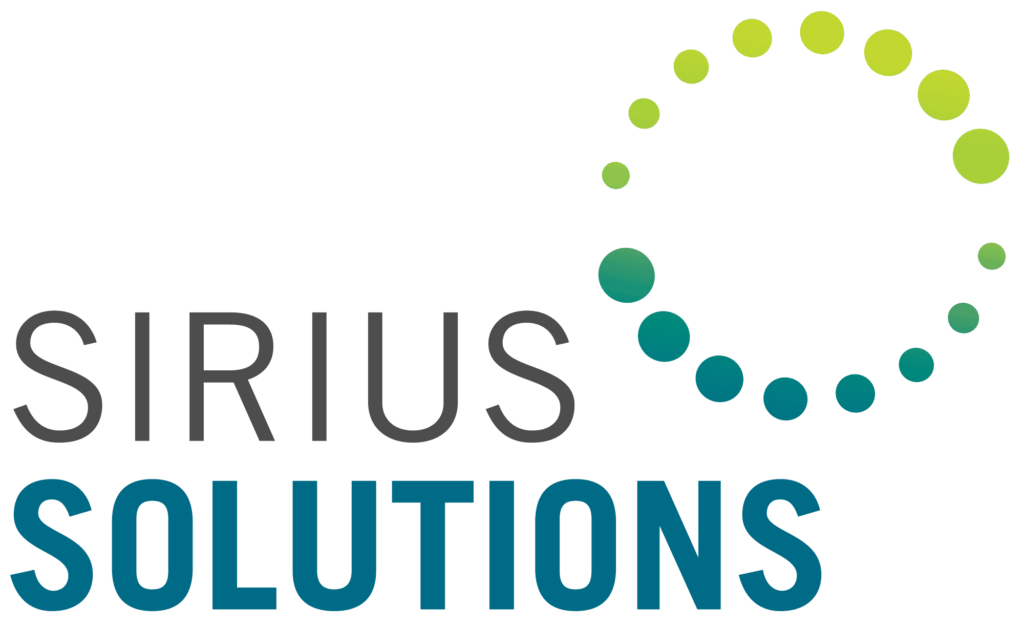Recovering from an Unsuccessful Technology Integration

Organizations continuously seek new and creative methods to improve operational efficiency while remaining competitive. Technology integration is one path that holds such developments. Rarely are trips down this route easy, and organizations frequently have to overcome failed technology integrations or system implementations.
This article will examine crucial markers of a failing integration, investigate possible underlying reasons, and suggest tactics to realign the integration with the organization’s goals.
Identifying the markers of a failed technology integration is critical to take prompt corrective action. Several key indicators demonstrate that the integration is not going as expected.
1. A decline in employee morale and productivity is a major warning sign. Employee dissatisfaction and lower productivity could be the result of new technology they find challenging or feel unprepared for.
2. An integration’s failure could be reflected in financial measures. The integration may not be progressing as planned if there are unforeseen expenses, budget overruns, or a failure to achieve anticipated returns on investment.
3. System malfunctions, outages, or a surge in customer complaints could suggest that the technology integration has not been successfully executed. These interruptions may have a detrimental effect on client loyalty and satisfaction.
Finding the underlying reasons for technology integration or system implementation failures is crucial to resolving the issues. Integration failures are frequently caused by two fundamental issues, which are:
- Mismatch with business culture
- Lack of customization
One essential component of technology integration is customization. Generic solutions may not address an organization’s particular demands and operations, which could result in resistance and inefficiencies. Technology could hinder rather than increase productivity if it is not tailored to the organization’s unique needs.
Furthermore, it’s critical that systems fit with the organizational culture. Employee resistance to adopting integrated technology may arise if it conflicts with the organization’s established values, beliefs, and traditions. Avoid technology and culture mismatches that can foster a hostile environment and impede integration.
Overcoming a failed technology integration effort requires a comprehensive strategy incorporating process optimization, change management, and special concentration on harmonizing technology with organizational culture.
Implementing effective change management solutions depends on overcoming resistance and cultivating a favorable attitude toward technology integration. This includes open communication regarding the integration’s motivations, advantages, and how it will affect day-to-day operations. To foster a sense of dedication and ownership among staff members, involve them in the process, ask for their opinions, and address their concerns head-on.
Organizations should review their preferred technological solutions to ensure they can be customized to match unique demands. This includes closely collaborating with developers or technology suppliers to tailor the integration to the company’s processes. Customization can be implemented in a step-by-step process, enabling iterative feedback and adjustments to seamlessly integrate the technology with current procedures.
Organizations should prioritize process optimization in addition to technological customization. Analyze current workflows in-depth, look for bottlenecks, and simplify procedures to better fit with connected technology. Programs for employee training may be necessary to improve skill sets and guarantee a seamless transfer to the optimized processes.
It takes a thorough grasp of the company’s principles and employee expectations to address the misalignment with organizational culture. Leadership should actively promote a culture that welcomes innovation and change. Workshops and training courses help employees appreciate integrated technology’s role in accomplishing organizational objectives. Encouraging a culture of flexibility and ongoing education is essential to successful technology integration.
Generative AI has the potential to be extremely important in the recovery process because of its capacity to evaluate large datasets and produce insights. Organizations can use generative AI to find regions of resistance, learn important information about employee sentiment, and adjust their communication tactics accordingly. Proactive problem-solving is also made possible by AI-powered analytics, which can offer real-time feedback on how well the integrated technology performs.
At Sirius Solution, we specialize in delivering tailored solutions to address organizations’ unique challenges in technology integration and system implementation. We recognize the importance of customization, and our expert teams work closely with clients to ensure that technological solutions are specifically designed to align with their individual needs and operations. This personalized approach reduces resistance and enhances efficiency, paving the way for a successful integration process.
Additionally, we have 25 years of experience in change management, fostering a positive attitude toward technological advancements. We believe in open communication, involving employees in the integration process, and promptly addressing any concerns they may have. As a result, we help you create a collaborative environment that encourages commitment and ownership, essential elements for overcoming challenges related to unsuccessful technology integration.
Recovering from an unsuccessful technology integration is a challenging but necessary journey for organizations aiming to stay competitive. By recognizing key indicators of failure, understanding root causes, and implementing targeted strategies such as change management, technology customization, process optimization, and alignment with organizational culture, organizations can overcome setbacks and set the stage for successful technology integration.
